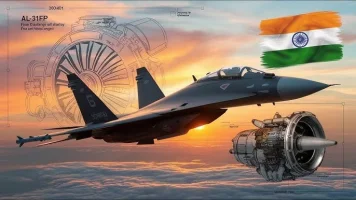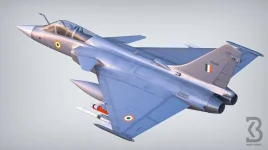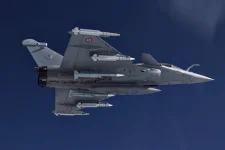- Views: 7K
- Replies: 40
India's reliance on Russian technology for its Su-30MKI fighter jet fleet has exposed a significant contrast in military technology independence compared to China. While India faces strict limitations on modifying its aircraft due to Russian oversight, China has successfully reverse-engineered and upgraded similar Russian jets with domestically developed technology.
India, a long-standing partner of Russia in defence procurement, operates one of the largest Su-30MKI fleets outside of Russia. However, modifying these aircraft, even for minor adjustments, requires Russian approval to maintain warranty and support agreements. This restriction stems from the original technology transfer agreements, which granted India the license to manufacture the jets but included stringent clauses on alterations.
Unauthorized modifications could void the warranty, potentially leading to maintenance and upgrade challenges. India's dependence on Russia for spare parts further complicates the situation, as any unauthorized changes could disrupt the supply chain. Additionally, Russia's technical support, essential for complex systems like avionics and engines, might be withdrawn if modifications are made without consent.
This dependency has become a point of concern, particularly as India aims to increase indigenous content in its defence systems. Although the Su-30MKI is assembled in India by Hindustan Aeronautics Limited (HAL), it still relies heavily on Russian components, including the AL-31FP engines, which are subject to strict Russian control for maintenance and upgrades.
In stark contrast, China adopted a different approach with the Su-27/30 series, the same family of aircraft from which the Su-30MKI originates. China not only reverse-engineered the Su-27 but also developed its own advanced derivatives, the J-11 and J-16. By replacing Russian components with indigenous technology, such as engines, radars, and avionics, China has achieved a high degree of self-reliance in this area.
This self-sufficiency allows China to bypass Russian oversight and reduce its dependence on foreign technology. With complete control over the technology, China can now offer these jets on the international market, competing directly with Russian models.
China's autonomy in this domain provides a strategic advantage, enabling them to customize aircraft to their specific operational needs and potentially export these technologies. India, on the other hand, has been more cautious in this regard due to its international alliances and obligations.
India has been engaged in discussions with Russia to gain more freedom in modifying its aircraft, but progress has been slow due to geopolitical factors and the complexities of defence contracts.
The contrasting approaches of India and China to the Su-30 series highlight the critical importance of technological sovereignty in defence strategy. While India navigates the limitations of its agreements, the focus on increasing indigenization in its military capabilities continues to grow, aiming to reduce such dependencies in the future.



